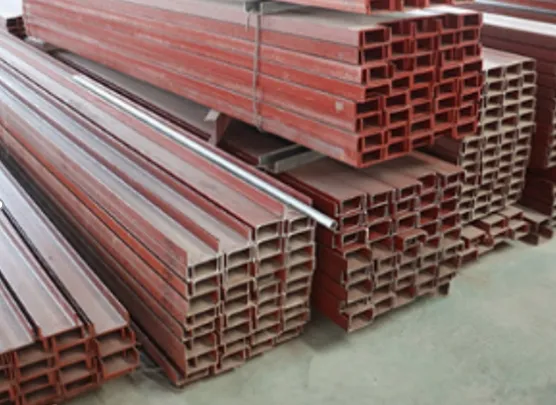loading...
- No. 9, Xingyuan South Street, Dongwaihuan Road, Zaoqiang County, Hengshui, Hebei, China
- admin@zjcomposites.com
- +86 15097380338
- Welcome to visit our website!
Anti-Slip Flooring
Understanding Anti-Slip Flooring A Crucial Safety Measure for Every Space
In both residential and commercial environments, flooring plays a pivotal role not only in aesthetic appeal but also in safety. One of the most significant advancements in flooring technology is the development of anti-slip flooring. This type of flooring is designed to reduce the risk of slips and falls, making it an essential choice for various settings, including homes, offices, hospitals, and public spaces.
What is Anti-Slip Flooring?
Anti-slip flooring incorporates various materials and textures specifically engineered to enhance traction underfoot. This flooring comes in numerous forms, including tiles, vinyl, rubber, and carpets. Each of these materials can feature unique anti-slip characteristics based on their surface texture, which can range from slightly textured to highly abrasive finishes. The intent is to provide users with stability, particularly in areas exposed to moisture, grease, or other slippery substances.
The Importance of Anti-Slip Flooring
Safety is the primary concern addressed by anti-slip flooring. According to statistics, slips and falls are one of the leading causes of injuries in both residential and commercial settings. These accidents can lead to severe injuries, resulting in medical expenses, lost work time, and even legal liability for property owners. By installing anti-slip flooring, businesses can mitigate these risks and foster a safer environment for employees and customers alike.
Moreover, anti-slip flooring is not just advantageous for slippery environments. It also enhances comfort and stability, providing peace of mind when moving around, particularly for elderly individuals or those with mobility issues. In homes, installing anti-slip flooring in bathrooms, kitchens, and entryways can effectively reduce the risk of accidents.
Where is Anti-Slip Flooring Needed?
Anti-slip flooring is particularly crucial in environments where spills and moisture are commonplace. This includes places like
anti slip flooring

1. Kitchens Whether in residential or commercial settings, kitchens often deal with water, oil, and other liquids that can make floors hazardous. Anti-slip flooring in kitchens helps ensure safety for cooks and staff.
2. Bathrooms The wet nature of bathrooms increases slip risks. Anti-slip tiles or vinyl can provide important traction in these often slippery spaces.
3. Commercial Spaces Retail stores, restaurants, and hotels benefit significantly from anti-slip flooring. Not only does it enhance safety for customers, but it also reflects positively on the business's commitment to care and professionalism.
4. Industrial Settings Warehouses and manufacturing facilities often have surfaces that become slippery due to spills or heavy foot traffic. Anti-slip options like rubber mats and treated concrete flooring can significantly decrease accident rates.
Choosing the Right Anti-Slip Flooring
When selecting anti-slip flooring, several factors should be considered, including the specific environment, the type of foot traffic, and maintenance needs. Look for products that have been tested and certified for slip resistance, often indicated by a specific coefficient of friction rating. Additionally, consider the aesthetics and how well the flooring will mesh with the overall design of the space.
Conclusion
In summary, anti-slip flooring is a vital component in promoting safety and preventing accidents across various settings. Its importance cannot be overstated, as it protects not just individuals but also business owners from the consequences of slip and fall accidents. By investing in high-quality anti-slip flooring, individuals and businesses alike can create safer, more accessible spaces for everyone.
-
GRP Structures: The Future of Lightweight, High-Performance EngineeringNewsJun.20,2025
-
FRP Water Tank: High-Performance Storage for Corrosive and Clean Water SystemsNewsJun.20,2025
-
FRP Square Tube: The New Industry Standard for Chemical and Structural ApplicationsNewsJun.20,2025
-
FRP Pultruded Profiles: The Ultimate Choice for Lightweight Structural StrengthNewsJun.20,2025
-
FRP Handrails: The Safer, Smarter, and Stronger Choice for Modern InfrastructureNewsJun.20,2025
-
FRP Grating: The Smart Solution for Durable, Lightweight Industrial FlooringNewsJun.20,2025
-
Why Choose a Galvanized Water Tank for Your Storage NeedsNewsMay.21,2025
